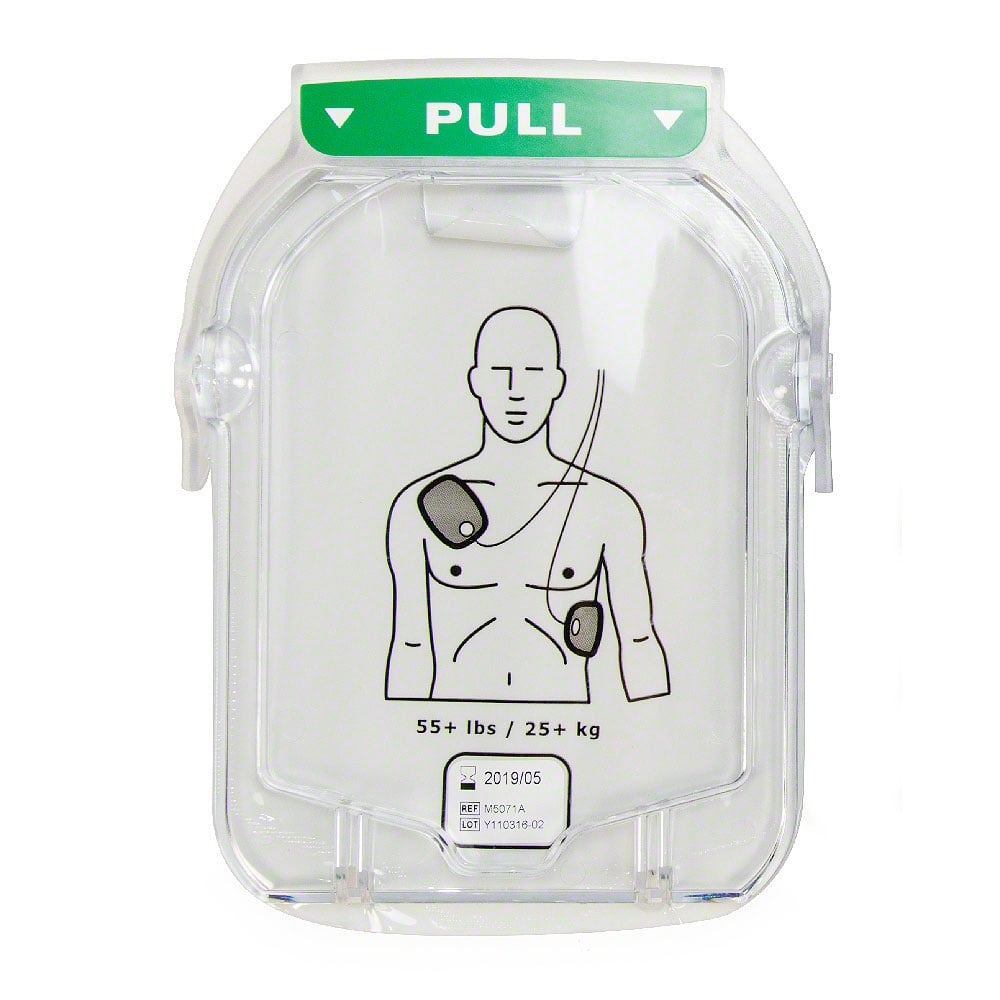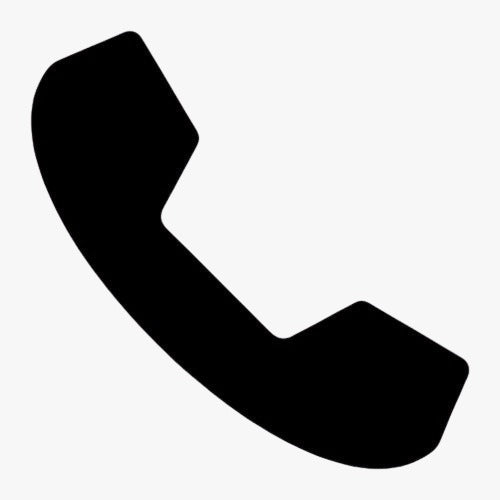When you’re responsible for the safety of children at a school, community center, or sports league, you leave nothing to chance. You've likely already made the smart decision to have an Automated External Defibrillator (AED) on site. But as you look at the accessories, a critical question comes up, do you really need a separate set of pediatric pads? It can feel like one more thing to manage, one more expense to justify.
Let's clear up the confusion, this is one of those decisions that is actually very straightforward once you have the right information. We will walk you through the simple rules, the science behind them, and how to make the best choice to ensure your facility is truly ready for any emergency.
The simple answer the 8 years or 55 pounds rule
According to universal guidelines from organizations like the American Heart Association, you need pediatric AED pads for any child who is under 8 years of age or weighs less than 55 pounds (25 kg).
If your school, church, or community center serves or has visits of children in this age and weight range, having pediatric pads is essential for being fully prepared. For facilities like elementary schools, daycares, and youth sports complexes, this makes the decision clear.
Why the rule matters, the science behind the shock
Understanding why this rule exists is key to appreciating its importance. The difference between adult and pediatric pads isn't just about size, it's about the amount of electrical energy, measured in joules, that the AED delivers.
An adult experiencing sudden cardiac arrest needs a powerful electrical shock to reset their heart's rhythm. An AED is programmed to deliver this specific, high-energy dose. However, a child's smaller body and heart require a much lower, attenuated dose of energy.
Using adult pads on a small child can deliver a shock that is too powerful for their heart muscle, potentially causing further damage. Pediatric pads work with the AED to automatically reduce the energy level to a safer dose for a child’s body. Think of it as the difference between using a full-sized fire hose and a garden hose, both deliver water, but the force must be appropriate for the situation. Choosing the right pads ensures the intervention is both safe and effective.
What if you only have adult pads in an emergency
This is a common and valid concern. The official guidance from medical experts is clear, using an AED with adult pads on a child is better than not using an AED at all. If a child under 55 pounds goes into cardiac arrest and you do not have pediatric pads, you should absolutely use the adult pads.
However, you must apply them differently to prevent the pads from touching each other, which would disrupt the electrical circuit. Instead of the standard placement on the upper right and lower left of the chest, you would use an anterior-posterior placement.
-
Apply one pad to the center of the child’s chest.
-
Apply the other pad to the center of the child’s back.
This ensures the electrical current travels through the heart as intended. While this is a critical backup plan, it’s a last resort. Having the correct pediatric equipment on hand eliminates this complexity during a stressful and time-sensitive emergency.
Making it simple the HeartSine pediatric Pad-Pak advantage
Managing separate sets of pads, wires, and batteries can seem complicated, especially when you imagine the pressure of a real emergency. This is where choosing the right AED system makes a world of difference.
The HeartSine Samaritan AEDs solve this problem with their innovative Pad-Pak system. Instead of separate components, the battery and electrode pads are combined into a single, easy to use cartridge. Even better, they offer a specific Pediatric Pad-Pak for children.
In an emergency involving a child, you simply pop out the adult Pad-Pak and click in the pink Pediatric Pad-Pak. The device instantly recognizes the pediatric cartridge and automatically adjusts the energy level. There are no confusing wires to change or buttons to press. This streamlined design saves critical seconds and removes the potential for human error when every moment counts.
A step by step guide to using pediatric AED pads
If you have pediatric pads, using them is straightforward. The pads themselves usually have diagrams showing proper placement.

-
For a Child (1-8 years old):
Place one pad on the upper right side of the chest and the other on the lower left side of the child’s rib cage, just as you would for an adult. Ensure the pads are not touching.
-
For an Infant (under 1 year old):
Use the anterior-posterior placement described earlier. Place one pad in the middle of the chest and the other on the back, between the shoulder blades.
Once the pads are in place, the AED will guide you through the rest of the process with clear voice prompts. Your job is to keep calm and follow its instructions.
Your checklist for complete preparedness
For any administrator or safety manager at a school or community organization, the goal is to create a safe environment. Equipping your facility with the right life-saving tools is a fundamental part of that responsibility. By investing in an AED system with both adult and pediatric capabilities, you aren't just buying a piece of equipment, you're building a comprehensive safety net for every single person who walks through your doors, regardless of their age.
Explore our AED value packages, which bundle everything you need for a complete setup, or contact our expert team for a personalized recommendation.
Frequently asked questions
Q: Can you use an AED on a child under one year old?
A: Yes. Both the American Heart Association and the American Red Cross recommend using an AED on an infant in cardiac arrest. You should use an AED with pediatric pads and an energy attenuator if available. If not, use an AED with standard adult pads. Manual defibrillators are preferred in a hospital setting, but in the public sphere, a standard AED is the best option.
Q: Do pediatric AED pads expire?
A: Yes, just like adult pads and batteries, pediatric pads have an expiration date. The gel on the pads can dry out over time, making them less effective. The HeartSine Pad-Pak system simplifies this by combining the pads and battery into one cartridge with a single expiration date, making maintenance much easier to track with our Response Ready App.
Q: Is special training required to use pediatric pads?
A: While formal AED and CPR training is always recommended for confidence and skill, modern AEDs are designed for use by untrained bystanders. The device provides clear, step by step voice instructions for pad placement and will tell you exactly what to do.
Q: What if our budget doesn't allow for a second set of pads?
A: We understand budget constraints are a real factor for many organizations. That's why we offer a range of affordable FDA approved AEDs and accessories and even rental options. Consider that the cost of a Pediatric Pad-Pak is a small investment for the capability to safely treat the most vulnerable members of your community.
Q: Where is the best place to store the pediatric pads?
A: The best practice is to store the pediatric pads in the carrying case of the AED itself. Most AED carrying cases have a pocket or compartment specifically for spare pads or other accessories, ensuring everything you need is in one place.






